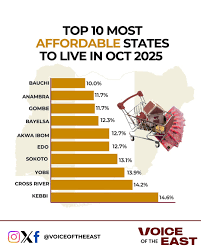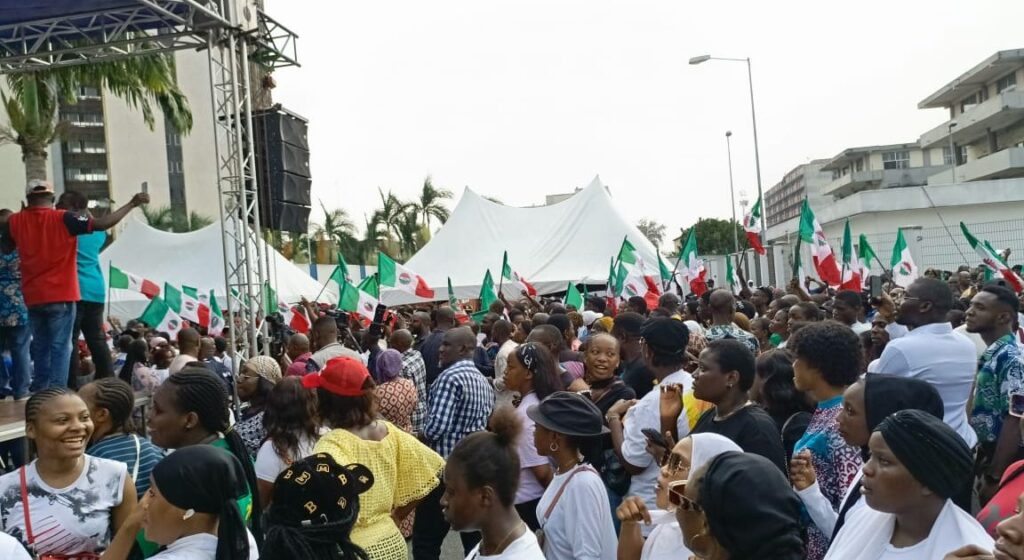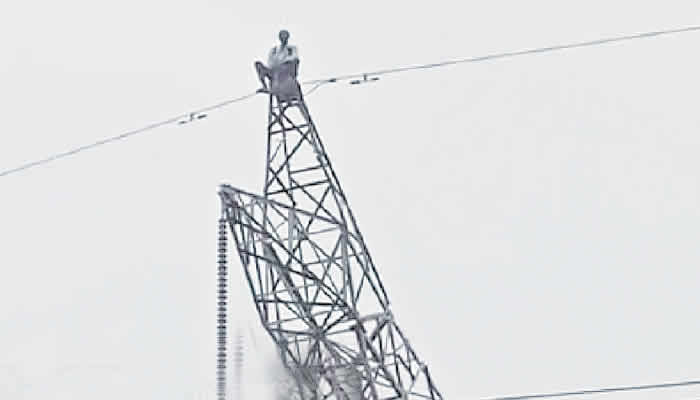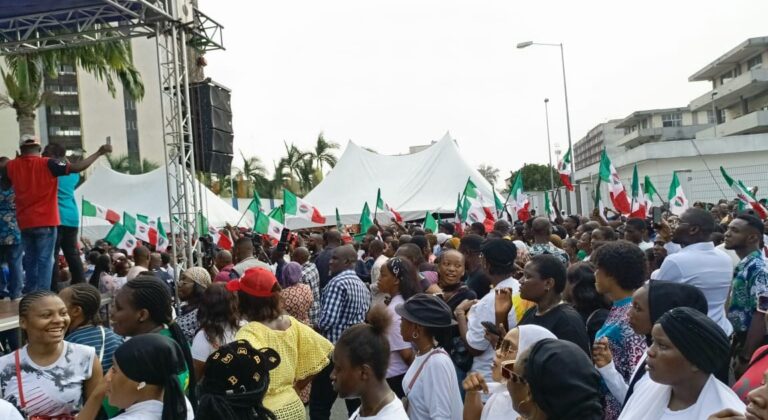Despite persistent inflationary pressures weighing on households across Nigeria, latest data from the National Bureau of Statistics (NBS) shows that several states maintained relatively lower cost-of-living levels in October 2025.
This comes as the country’s headline inflation eased to 16.05 per cent in October, down from 18.02 per cent recorded in September, driven largely by a slowdown in food inflation and improved supply conditions in some regions. According to state-by-state inflation figures, Bauchi emerged as the most affordable state in October 2025, recording the lowest inflation rate at 10.0 per cent.
The state retained its position as one of the most stable consumer markets, reflecting lower price distortions and relatively better food supply chains. Anambra and Gombe followed with 11.7 per cent each, indicating moderate price stability despite national pressures. Bayelsa recorded 12.3 per cent, while Akwa Ibom and Edo stood at 12.7 per cent apiece.
Other states on the affordability list include Sokoto at 13.1 per cent, Yobe at 13.9 per cent, Cross River at 14.2 per cent, and Kebbi, which closed the list with 14.6 per cent. Economists note that states with lower inflation often benefit from strong agricultural outputs, stable intra-state logistics, and lower urban cost pressures.
They argue that despite lingering fuel cost challenges, some states have managed to shield consumers from steep price increases through localized supply efficiencies. On the other end of the spectrum, Ekiti ranked as the most expensive state to live in October 2025, posting the highest inflation rate at 20.1 per cent.
